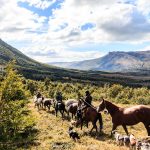
Living and Learning Mapuche Culture in Curarrehue, Chile
William was driving about 50 miles an hour along a windy valley road towards one of the elementary schools in Curarrehue (kuɾaˈrewe), Chile, and talking about twice as fast. I was trying to keep up with the conversation with marginal success. Our topic of conversation: Mapuche cultural and language revitalization. We’re on our way to do some group activities with two of the classes, with kids ages 8-10.
What does this have to do with sustainable tourism?
Everything, In my opinion. But let me come back that in a second.
Earlier the same day, I met and had lunch with Edith Cumiquir, a local community leader and co-owner of an entirely female-owned, Mapuche cuisine restaurant called Reyen Kimey. The restaurant was an evolution of a need for a space for women in the community to be able to gather during the summers when the majority of men in the community worked as migrant farmers across the border in Argentina or elsewhere in Chile. What started as a simple place for gathering and sharing time while practicing traditional artisanal crafts evolved into an enterprise catering to the tourism industry.
At face value, Curarrehue isn’t all that remarkable. That is to say, its built and natural features don’t jump out at you the way that other cities or national parks might. A small community roughly equidistant between the border of Argentina and the tourist hotspot of Pucon in the Araucania region of Chile, to the passerby it’s a half-mile collection of houses and shops (Tiendas) and a couple of speed bumps. The town has grown along the roadside for that reason: to appeal to passing motorists, cyclists, and tourists on their way to Pucon or Argentina.
The valley in which Curarrehue sits is another amazing example of southern Chilean volcanic geomorphology at work. Temperate rainforests insulate a narrow river valley buttressed by chains of extinct volcanoes. Cow pastures fill the valley now. You can drink the water right out of the streams, no “beaver fever” here (giardia). Nor is there Bieber fever, thank god for that.
Tourists have the opportunity to do a number of activities here with local guides: Horseback riding, trekking in the abutting mountains, learning about and experiencing local Mapuche culture, including art, music, dance, and cuisine (at Edith’s restaurant for example), and even taking part in traditional Mapuche games.
Let’s go back to William and the kids…
The afternoon’s activities involve playing some traditional Mapuche games, or modified versions of them at least. William, Edith’s son, has this amazing energy that the kids feed off of, and makes him a perfect purveyor of cultural revitalization in this setting. In short time, we’ve pulled out a couple big totes full of game props and gone out into a clearing of a wooded area behind the school. Sheep are grazing like 50 yards away, a brook babbles about 10 yards in the opposite direction. There’s the smell of rain in the air, but the activities continue regardless.
The games that we play are a mix of American Gladiator / LARPing games, versions of capture the flag, tag, Marco Polo, and hide and seek. Some of the games provide insight into Mapuche culture – practicing agility with sword and spear, for example (they were foam swords and spears for the record). William intertwined the games themselves with the Mapuche language. Some directions were given in Mapuche. We played hide and seek by counting in the native tongue – the kids helped me when it was my turn thank God.
So again, why is this important for tourism?
In the history of indigenous peoples throughout the world, language and cultural suppression goes hand in hand with foreign invasion and colonization. Suppressing language, music, dance, and art was a form of control.
These games are laying the foundation of community and cultural identity; creating a sense of place, connection to the land and the people who worked it generations before them. As Ellen Lutz put it in a report from culturalsurvival.org, “Language learning confers cognitive advantages, enhances self-esteem and cultural well-being, and strengthens community bonds.”
Right now it’s just a game for these kids, but the multiplier effect of these small activities will play a part in the development of community-based tourism in Curarrehue. These kids will grow up to be the community leaders of the 2040s, 50s and 60s. They will be the guides, the business owners, and some may even be the representatives that help inform the federal policies of the next generation.
The highest returns on investment in terms of education are at the earliest stages of life. William’s programming is more than just a cultural extra-curricular. It’s an investment in the community that will pay dividends in the next generation.
So at face value, I got to spend an afternoon sword fighting, throwing spears at (again people, foam spears), and drinking from creeks with 10-year-olds, but at the end of the day I had chills because of the bigger picture taking shape here: This is cultural revitalization in action. I’ve seen later-stage versions of these programs in places like Ireland and Southeast Alaska, but experiencing activities like these is a much more raw, hands-on, and personified version of cultural revitalization at work.
Curarrehue seems to be a great example of community-based tourism at work at a more developed stage than I’ve seen in other places in Chile, and they’re continuing to work at it from all sides, from early-childhood to community participation in local government.
If you’d like to find out about visiting Curarrehue and experiencing it for yourself, visit lofkumikir.cl. You can find out more about Edith’s restaurant, as well as the other trekking and Mapuche cultural activities available in Curarrehue!
Quick note: While I was quite fortunate to share some time with community school children through relationships that I formed seeking sustainable travel content for LOTR, this was not a tourist experience. The reason this post has no photos is because I felt it was inappropriate to photograph the students in this situation. Volunteering with children while traveling sounds beneficial and fun, it inevitably causes more damage than good. Check out http://thinkchildsafe.org/travelers/ to learn more about being a a Child Safe traveler.
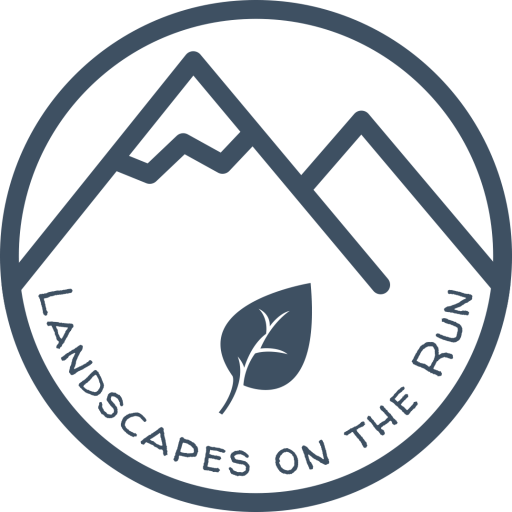
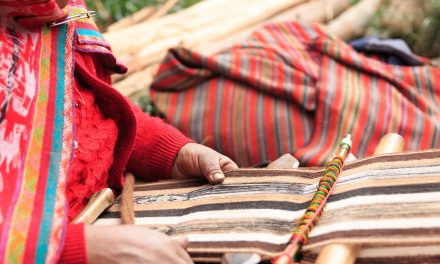
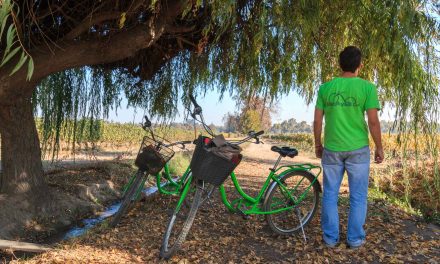


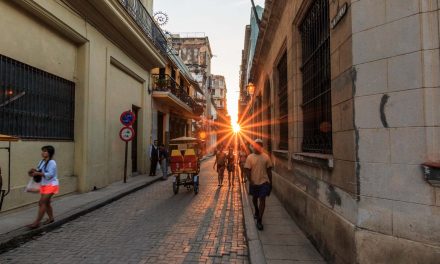
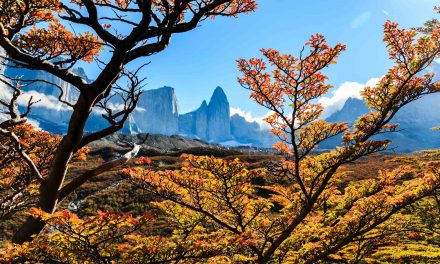
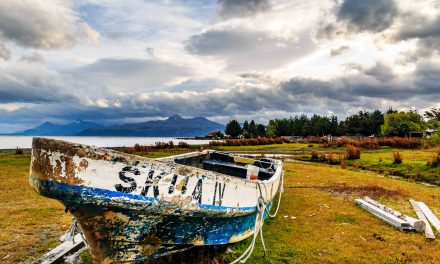
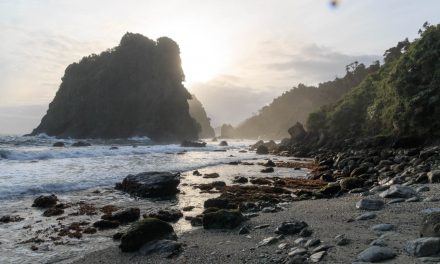
Thanks for reading
Enjoyed it? Share with your friends!